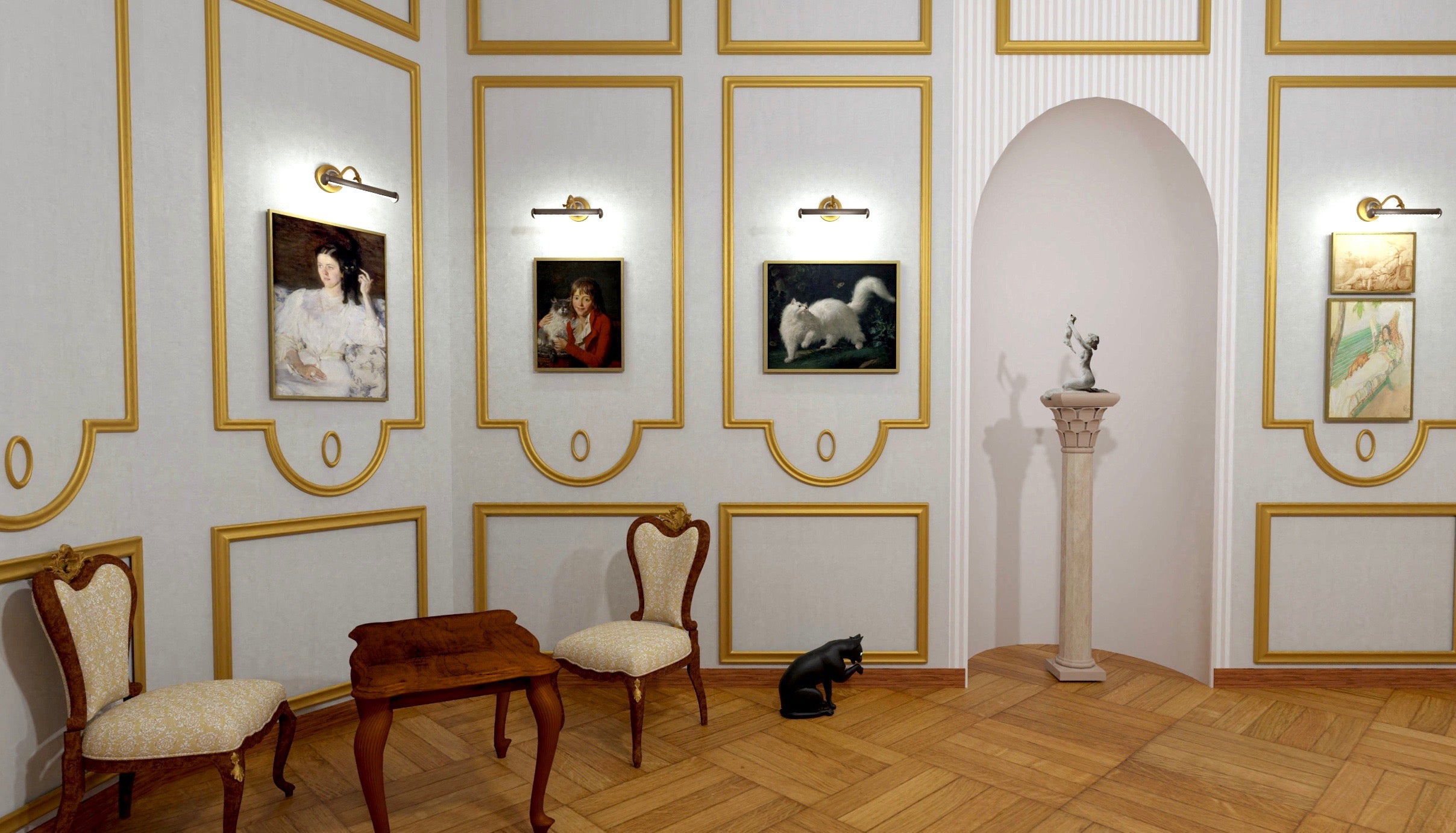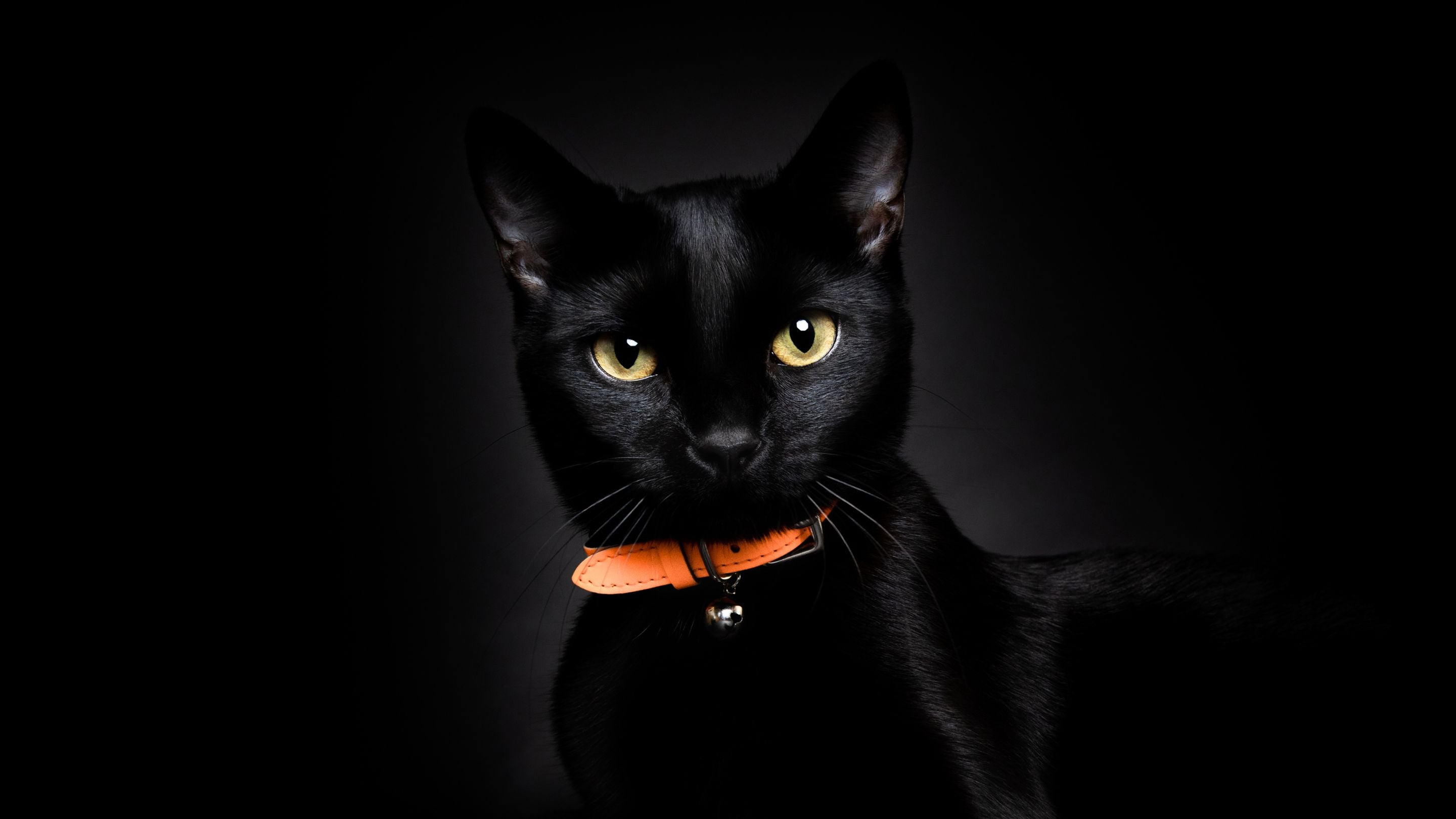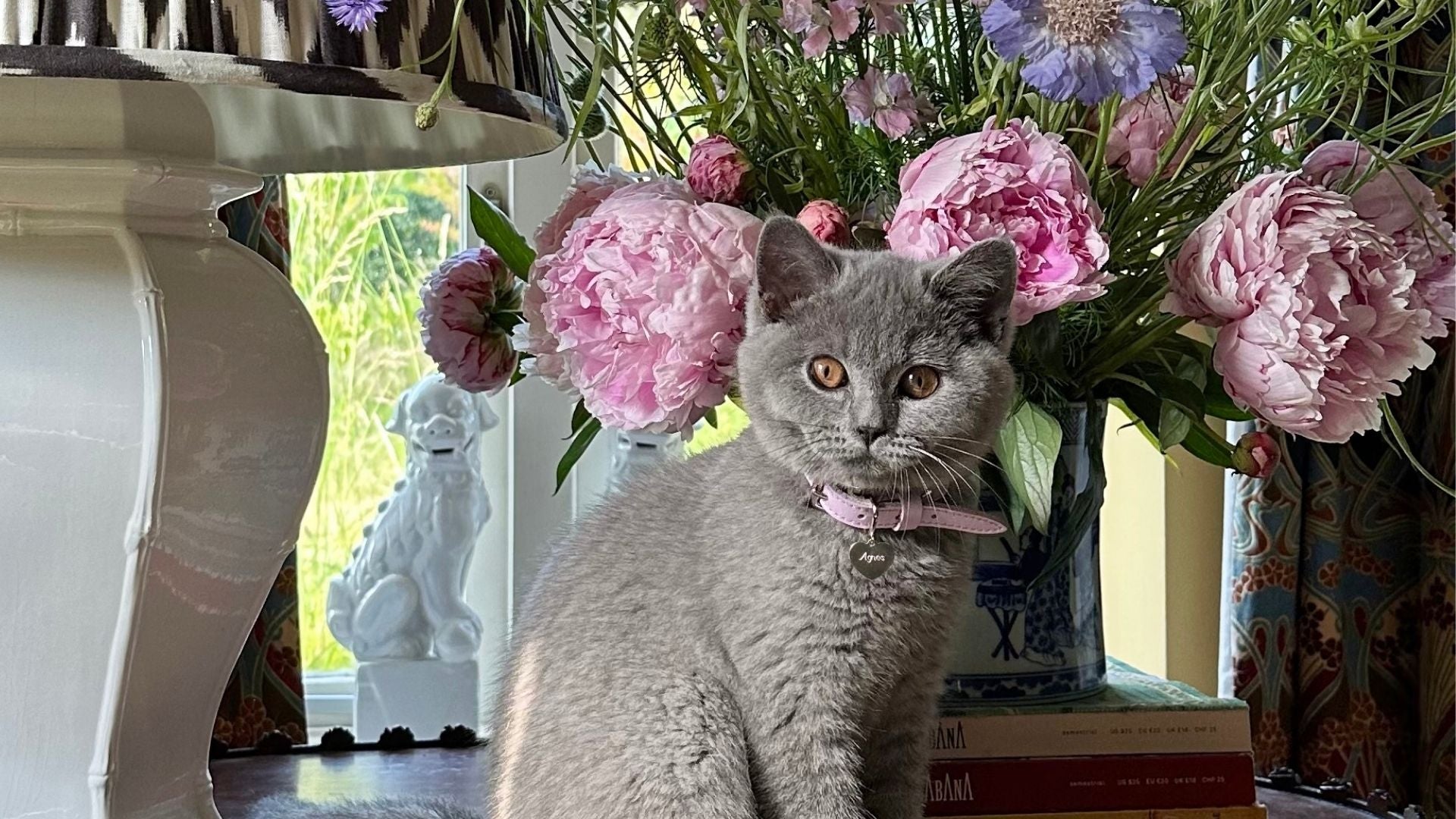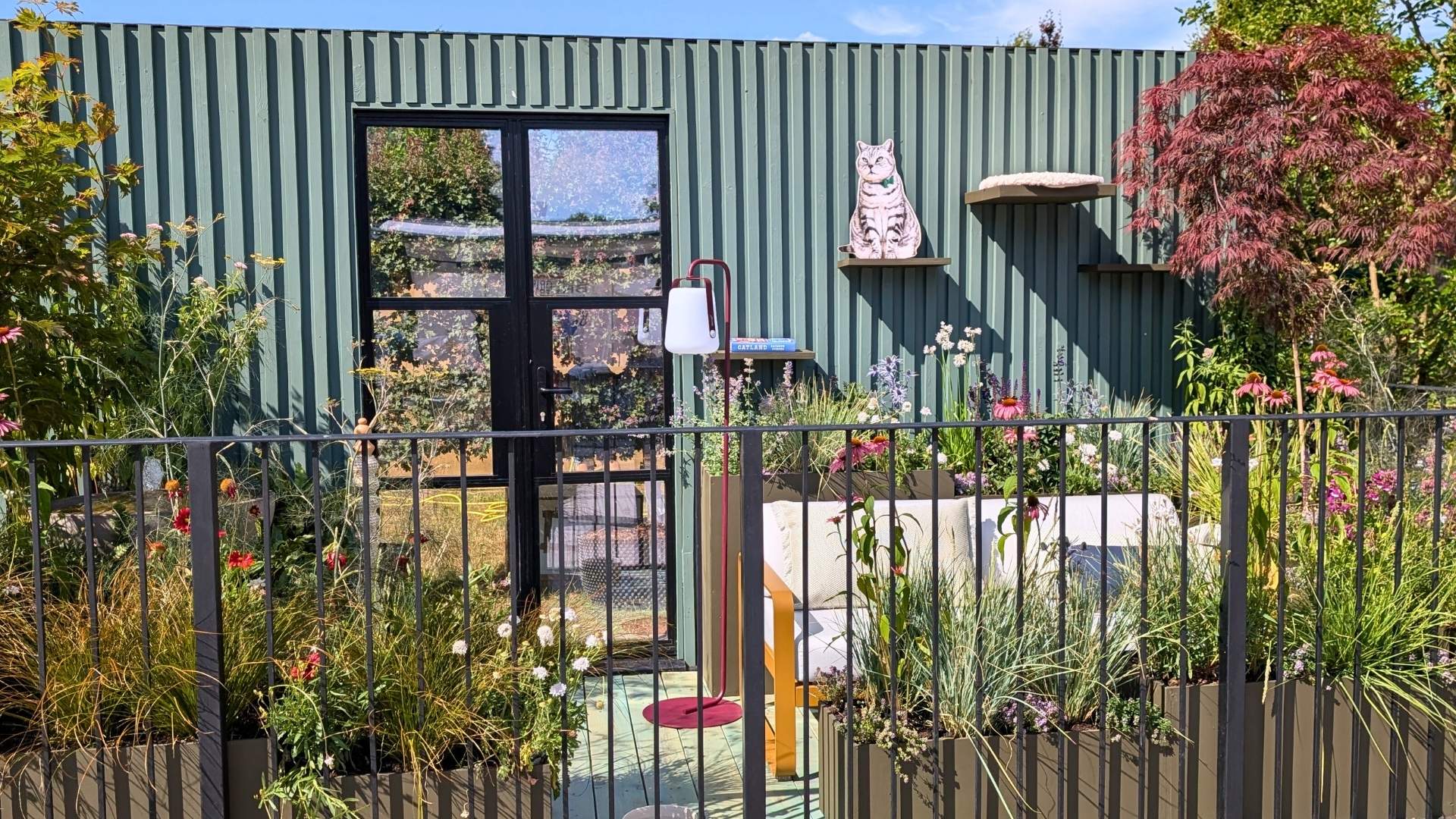
A look inside the Universal Museum of Art's Virtual exhibition
As the world continues to observe varying levels of lockdowns and other social distancing protocols, much of the non-essential establishments have been left with no choice but to shut their doors and turn to other platforms to carry on with their operations. As businesses have begun shifting to the digital space, different art institutions, as well as artists, are likewise switching to virtual exhibits in order to bring art closer to the anxious and worried public. Recently, the highly anticipated International Annual Art Basel went digital for the second time and showcased over 280 participating galleries hailing from Switzerland, Florida and Hong Kong.
The online viewing boasted a series of virtual presentations that allowed collectors and art enthusiasts to purchase their favourite works. In a similar fashion, smaller art fairs around the world are also following suit and echoing this digital shift. For instance, Art Fair Philippines featured digital art installations by the teamLAB group in 2019, while the 2020 version explored virtual reality. Another great example of a museum riding the digital shift is the Universal Museum of Art (UMA), with its latest virtual exhibition that looks at the presentation of cats in art history.
The virtual exhibit was made possible through the museum’s partnership with the Réunion des Musées Nationaux-Grand Palais. Flaunting 75 art pieces illustrating cats front and centre or discreetly lurking in the background, the exhibit is spread across four rooms of a fictional, computer-generated Parisian mansion. The highlight of the “Where’s the Cat?” room is Paolo Veronese’s 6.77 x 9.9 meters Marriage at Cana. This gigantic and visually complicated 16th-century masterpiece which features 123 people and a cat that can be found sharpening it's claws on a silver amphora, indifferent to all of the activities happening around them.

Marriage at Cana, Caliari Paolo also known as Veronese (1563, oil on canvas, 666 x 900 cm. Paris, The Louvre) © ADAGP / Hervé Lewandowski [as depicted in the virtual room of the UMA's exhibition]
In another room called “Here and There”, much of the artworks showcase cats engaged in typical feline activities such as hunting birds, catching mice and sneaking up on a table full of leftovers. The highlight of this room for me is a charming and slightly naive painting by an anonymous artist called The Cat and the Goldfinches which depicts a cat peering intently through a window at two birds. The cat in this painting has a slight frown, jauntily angled ears and you can just make out two little paws propped against the windowpane making the work beautifully observed and filled with suspense.

The third room, meanwhile, is called “Cats and Cuddles” and is mainly devoted to portraits in which cats are posed with their humans. You would also find incredibly intricate pieces in this gallery. For instance, there is Jean-Jacques Bachelier’s An Angora Cat Watching a Butterfly. The oil in canvas measuring 68 by 81 centimeters depicts a white, fluffy and extremely detailed cat who is completely enamored by a butterfly.

An Angora Cat Watching a Butterfly, Jean-Jacques Bachelier (Around 1761, oil on canvas, 68 x 81 cm, Versailles, Lambinet Museum) © Jean Dampt
The fourth and largest exhibit room, “Fabulous Felines,” doubles as an entry hall where the guests' virtual tour will begin. The room focuses on extravagant cats featured in various art pieces in many different mediums. There you would find a statue from ancient Egypt representing cat-goddess Bastet, as well as an iconic 1896 lithograph poster (that many cat lovers will instantly recognise) advertising "The Black Cat," Rodolphe Salis's cabaret situated in Paris’s famed Montmartre district.

Prochainement Tournée du Chat Noir by Rodolphe Salis Théophile Alexandre Steinlen (1896, colored lithography, 140 x 100 cm. Paris, Bibliothèque Nationale de France (BnF). © The Louvre, Dist. RMN-Grand Palais / Georges Poncet
Tucked away at the back of the room is a beautiful sculpted relief by Pierre Nicolas Beauvallet depicting a serene and solemn cat in an Allegory of Freedom.

At the beginning of your virtual museum tour, navigation can be quite challenging as you get used to how the software works and it is a little glitchy at times. It helps to remember to keep clicking on the arrow to move through different spaces. It's also a good idea to use the menu located at the lower left of the screen to go from one room to another. Make sure that you click on artworks so you can see them up close and have a look at UMA’s informative discussion for each painting and brief remarks about the felines and their place in history and culture.
During these trying times, our furry friends tend to be the ones helping us stay not just sane, but happy. They provide us with much-needed company when social distancing and self-isolation have become the norm. Of course, as we’ve mentioned in our previous post "A Time to Paws and Reflect", there are many things you can do to stay healthy in these trying times. Slow down, reflect, make plans for the future, maintain a healthy mind and body, read and write for pleasure and finally, find calm and wonder in various artworks such as those exhibited in UMA’s “Cats in Art History".
Piece specially written for cheshireandwain.com
Author: JBlount




Share:
Meet the makers - Sue & Jo of made by swimmer
How to keep your cat cool during a heatwave